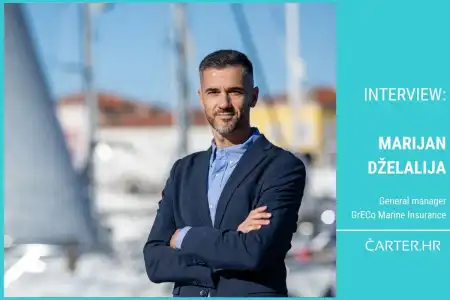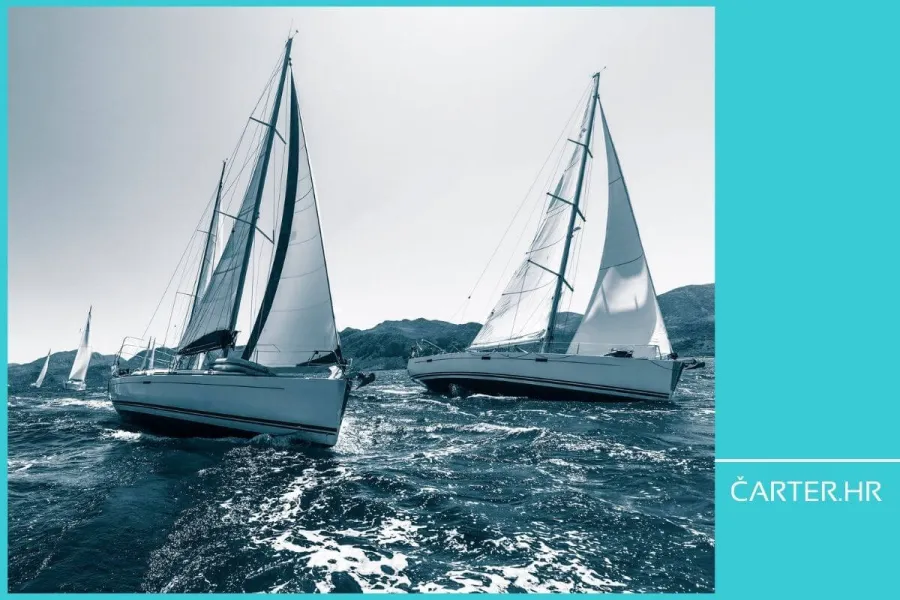
What draws guests in is not a perfect shot, but the feeling that somewhere, on some boat, a story is unfolding just for them. Yacht charter companies that understand this don’t need to compete on price or promise perfection – it’s enough to show sailing as it truly is. Without the right content, it’s hard to spark a guest’s interest in a sailing experience. This text brings concrete, simple tips you can try immediately – without fear of doing it wrong.
Decisions at sea are made by feeling, and the same goes when guests choose who they will sail with. Technical specifications and equipment lists rarely excite anyone – they’re there because they have to be.
Content that conveys the experience, the story, and the character of your charter creates that invisible invitation that nudges a guest toward a decision.
A photo of genuine laughter on deck, a tip on how to tie up to a buoy, or a simple story about a peaceful morning in a quiet bay sometimes mean more to potential guests than a hundred ads.
Yacht charter companies that know how to show who they are and what they can offer the guest don’t compete on price. They build connections, and that is what fills boats and brings guests back year after year.
Why quality content opens doors to guests
Guests aren’t looking for a perfect catalog, brochures, or discounted price lists, but for the feeling that somewhere there’s an experience waiting for them.
Content that shows real moments creates a sense of connection more easily than any promotional campaign.
Instead of just listing boats and technical specifications, tell a story and paint a situation where the guest can picture themselves.
Photos showing a day on the boat, short notes about the sailing journey, and useful tips build a sense of trust and closeness. Trust isn’t something you can buy – it’s built day by day through honest, thoughtfully managed content.
When a guest feels they know who is behind the offer, they are much more likely to choose that boat, that yacht charter company, and that story as their next destination.
Best practices for content that truly attracts
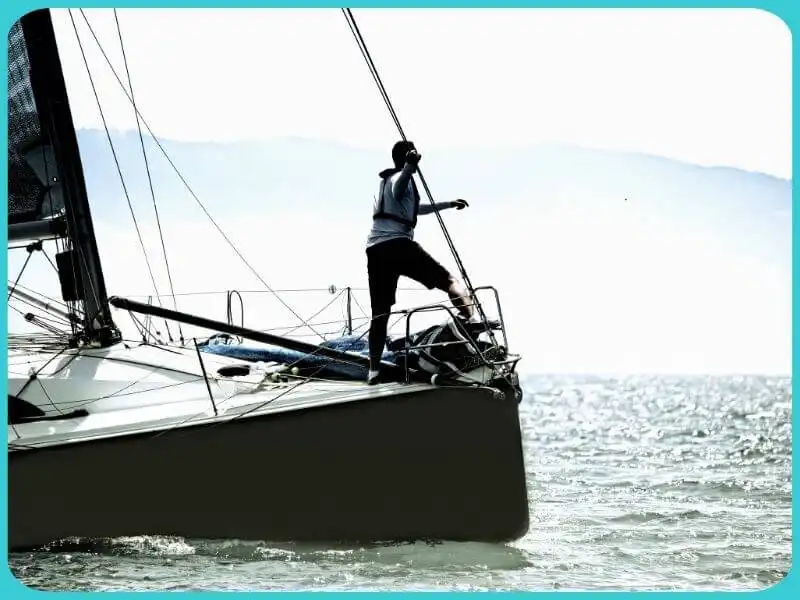
1. Photos and videos that tell a story, not just a catalog
People, emotions, and moments matter more than just boat pictures.
A technically perfect photo of a boat docked in a marina may look nice but rarely stirs the emotion that makes a guest want to book.
Guests seek images that help them imagine themselves at sea, surrounded by people and experiences. When you share content showing real situations, you have a better chance of grabbing their attention.
Examples of content that naturally stirs emotions:
- A happy crew sailing on the open sea.
- Breakfast at anchor with a coffee, fresh fruit, and a view of a turquoise bay.
- Hands on the helm with gentle waves in the background.
- Spontaneous moments of friendly rope-tying competitions.
- Sunset photos taken from the cockpit.
How to capture content that grabs attention?
The most important thing is to capture real emotions. Instead of setting up scenes like in an ad, it’s better to let the crew and guests enjoy themselves naturally and catch those moments discreetly.
There’s no need to invest in expensive equipment. A good smartphone, natural light, and the right moment are often enough to tell a stronger story through a photo or video.
Tip: Short videos from 10 to 30 seconds are especially useful for social media posts like Instagram or Facebook. They can capture moments like raising the sails, arriving at a hidden bay, or hanging out on deck. This type of content feels authentic and brings potential guests closer to the real experience that awaits them.
Photos and videos don’t need to be perfect, but they must be genuine.
2. Authentic stories always find their way to the audience
Stories about sailing adventures convey the feeling of travel better than routes that are just lists of locations.
People won’t remember the route or the marina, but they will remember emotions, unexpected moments, and small adventures that make the journey special.
When you tell a story, you create a picture where the guest can imagine themselves. These are the moments that connect and leave a much stronger impression than perfectly planned routes.
Examples of content that naturally stirs emotions:
- A pod of dolphins accompanying the boat during the journey.
- A rainy day ending with songs and laughter.
- An unexpected sunset watched from the top of a small island.
- Spontaneous group cooking of freshly caught fish.
- A quick break in a hidden bay with no signal and no crowds.
- Meeting a local fisherman who shows you safe anchoring spots.
How to tell these kinds of stories?
It’s best to capture emotions while they’re fresh. Instead of trying to reconstruct the event later, encourage guests to snap a few photos or short videos and turn them into a post, or even a blog or newsletter.
Guests trust stories that show imperfections – a sudden rain shower, a dinner on a rocking boat, an improvised picnic on deck. It’s precisely these moments that show how each journey has its own character.
Tip: Share stories you would gladly tell your friends. If an event doesn’t spark some emotion in you, it probably won’t move your guests either.
There’s no need for a long, epic tale. A short snapshot that leaves an impression is enough.
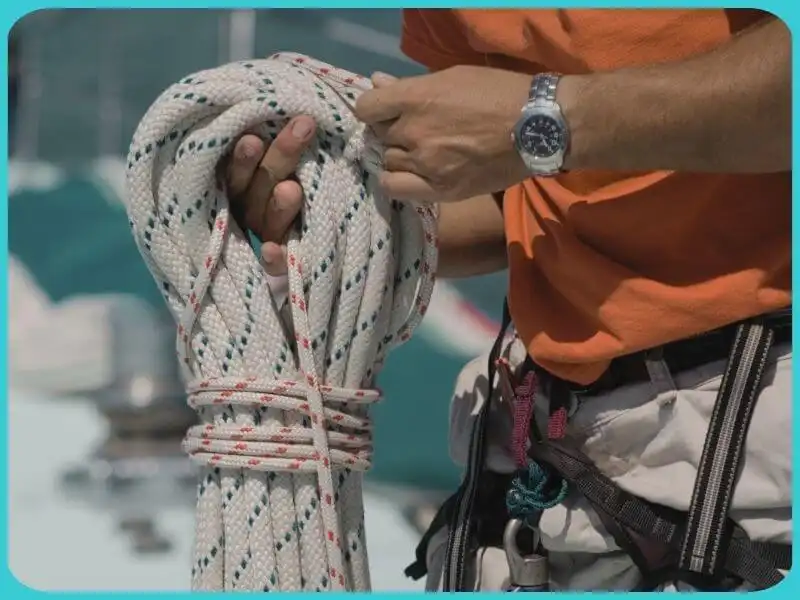
3. Tips and little tricks that showcase experience
The knowledge that skippers and crews use daily becomes extremely valuable when turned into content. Guests appreciate practical information that makes their sailing easier and makes them feel safer. Small things that come naturally to professionals can be eye-opening for guests.
By sharing such advice, you show your experience and create additional value without making it feel like a sales pitch.
Examples of content that’s useful and easy to apply:
- How to quickly and safely tie up the boat.
- The best time to enter popular bays before the crowds arrive.
- Simple tricks to keep food fresh on the boat.
- How to recognize signs of changing weather.
- What to pack for stress-free sailing.
- Where to find reliable water and ice supply points in marinas.
How to prepare this kind of content?
It’s best to jot down tips during the season when situations are fresh.
Instead of writing long articles, tips can be short and to the point, like a "Tip of the Week" on social media or in newsletters.
Tip: Anything that helps guests feel safer and more relaxed while sailing automatically builds trust and increases the chances that your charter will be their choice.
Pick topics that truly make the onboard experience easier, because guests love the feeling of getting insider information.
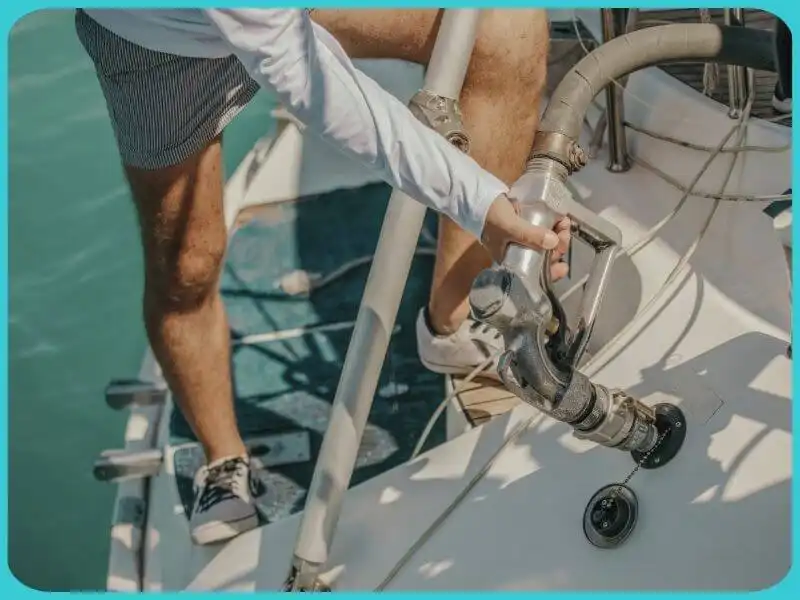
4. Realistic expectations are worth more than selling “empty dreams”
Guests dream of the sea but at the same time value honesty. Pictures where everything looks perfect create unrealistic expectations.
When reality on board doesn’t match the images and descriptions that were promised, guests may feel uncertainty or disappointment that follows them throughout the trip.
If you openly communicate what guests can expect – the good and the less perfect – you build trust that later turns into recommendations and repeat bookings.
Examples of content that helps guests be better prepared and happier:
- What to pack for a week-long sailing trip.
- What a typical day on the boat looks like, including marina maneuvers.
- How to organize food and drinks, especially when access to stores is limited.
- What to do if weather conditions prevent entry to a planned port.
- How to behave when facing stronger winds like the bora or the mistral.
- How long it takes to enter popular marinas in high season (and why early arrival matters).
How to prepare this kind of content?
It’s important to write from the perspective of a guide, not a seller.
Guests appreciate the feeling that someone genuinely cares about their experience, not just about selling a "perfect holiday." Short guides or posts like "Expect This Too" can be very helpful and appreciated formats.
Tip: When guests know what to expect, they’re more likely to accept the small challenges that come naturally with sailing.
Anyone who successfully handles the journey thanks to your advice almost always becomes the best ambassador for your yacht charter company.
5. Content – better often and simple than perfect and once a year
Many yacht charter companies delay publishing content waiting for the "perfect moment," the perfect shot, or the ideal text.
In reality, guests value regular, lively posts more than rare, overly polished promotional materials.
Content that flows naturally shows that you truly understand your guests, not just cherry-pick the best moments like in a postcard.
- Examples of content that can be created without major preparation:
- Short daily reports on weather and sailing conditions.
- Spontaneous photos from the marina, during preparations for departure.
- Short videos of arriving at a bay, setting anchor, or setting sail.
- Simple recommendations on where to enjoy a good meal or find great local wine.
- Fun facts from the route or encounters with other boats.
How to build a habit of regular posting?
The easiest way is to prepare a basic plan with a few ideas each week and let content happen naturally during the day. There’s no need for everything to be perfect and staged. A simple post showing the sunrise from the deck can have a greater impact than a professionally staged photo that looks too good to be true.
Tip: Let the content flow naturally, mixing calm and lively moments.
A steady rhythm of posting keeps interest alive and builds trust with guests who feel they are in good hands.

The best content looks like it’s created along the way
Guests want to see genuine moments and useful information, not advertisements.
They’re looking for people, emotions, and real stories – not brochures.
Yacht charter companies that consistently create content that’s lively and relatable build that invisible connection with guests, the one that brings an inquiry or a booking at just the right time.
The best time to start is now.
You don’t need to wait for perfect weather conditions, new professional photos, or a big marketing plan.
It’s enough to start with what you already have – a photo from the deck, a skipper’s tip, or a story from everyday charter life.
Authentic and honest content builds trust better than anything – and trust fills reservations.
Guests who feel that someone is offering them a real experience, not just a product, make decisions more easily and come back more often.
They’re not looking for a perfect vacation – they’re looking for a real story.
Start telling those stories and build a name that lasts much longer than one season.
Have questions about how to tell your story?
Contact us – we’ll help you create content that really works.
Looking for simple ideas and practical tools to boost your yacht charter business?
Sign up to our newsletter – every week we send actionable tips and tools to help yacht charter companies and nautical professionals stay one step ahead.
Categories of trends
- News
- Sale
- Marketing
- SEO
- Web design
- Social media
- Technology
- Regulations
- Management
- Education
- Finances
- User experience
Newsletter
Sign up for the newsletter and receive the latest trends and tips straight to your inbox



